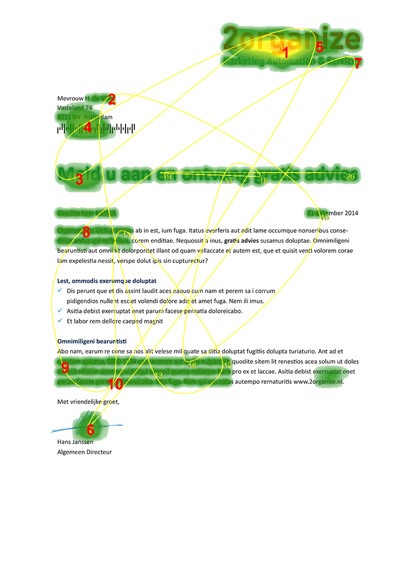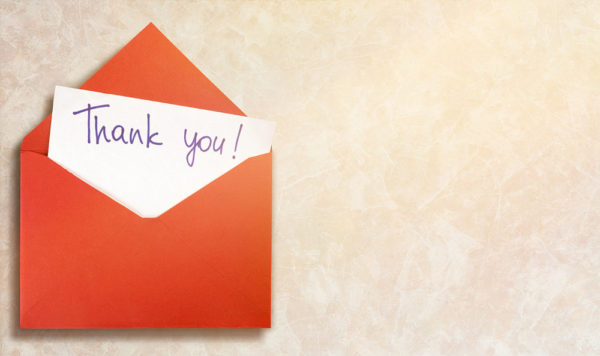The following is a hand-picked guest post from Bill Jacobs. Enjoy, and you can read more about Bill below.
* * *
On the first day of November, I sent out 49 small “white mail” donations to non-profits.
After three weeks, here is what I received:
- Two of the gifts were returned because the address was undeliverable.
- Of the 47 gifts that (I think) were delivered, I have received 14 acknowledgments (30% acknowledgment rate).
Now, there could be a lot of reasons why 70% of my received gifts were not (yet) acknowledged:
- Maybe some of my gifts got lost in the mail.
- Maybe some of my gifts are still being processed.
- Some of my receipts might be using nonprofit (slow) postage and haven’t arrived yet.
- Maybe some acknowledgments were batched and still waiting to be sent.
- Maybe my gifts ($10) were too small to acknowledge.
Whatever the reason, we have to do better at acknowledging gifts.
In the 25 years I’ve been in this business, one of my consistent recommendations is making it a priority to acknowledge gifts. All gifts – even $10 ones – should receive a receipt sent first class. And yes, even online gifts should get a mailed receipt.
Every donor – whether they say so or not – wants to have their gift acknowledged. Plus, it’s just the right thing to do.
* * *
Steven says: “Bill Jacobs is a fundraising analyst and founder of AnalyticalOnes. I’ve learned more from Bill about analyzing fundraising data and knowing what to do next than from anyone else in my entire career. You should subscribe to Bill’s blog, Data Stories!”




